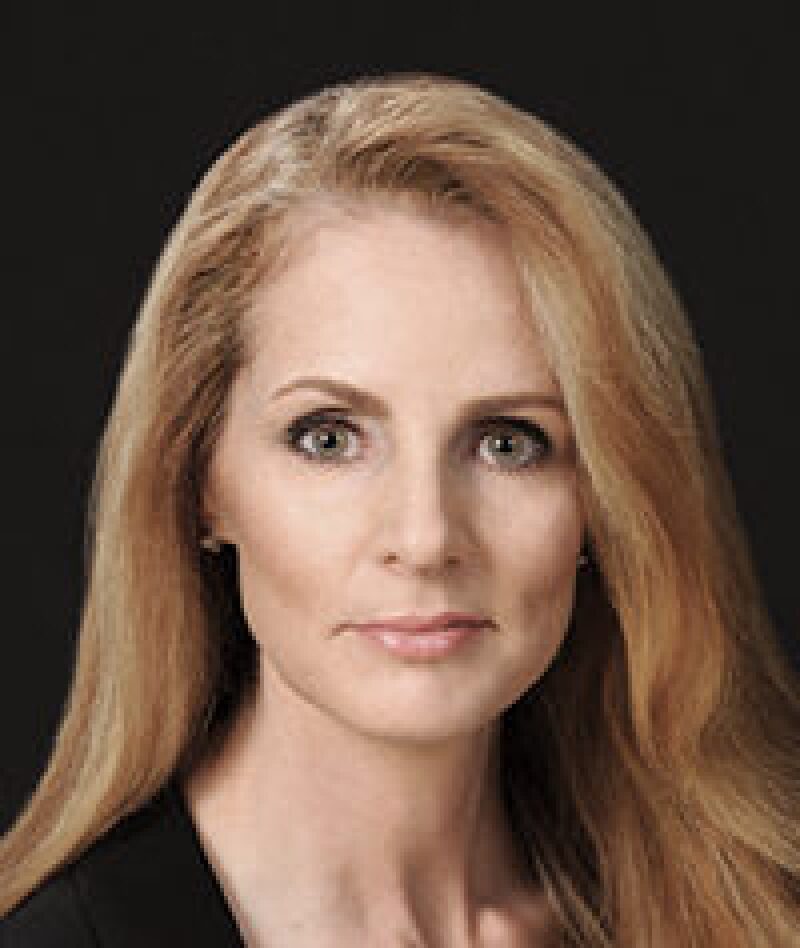Artificial-lift reliability is strongly influenced by how well the equipment is selected, designed, and operated for its particular application. The required artificial-lift knowledge is more than simply entering data into a software program or taking one class on the subject.
We have a new generation of production engineers entering the industry who need to learn about artificial lift. How do we transfer our collective artificial-lift knowledge to them? How can we convince management that you cannot typically buy reliability from a vendor catalog and that investing in the training of their personnel is the better way to effect artificial-lift reliability?
Several challenges hinder the collection and dissemination of artificial-lift information.
- Our fundamental knowledge of existing technology has grown immensely over the past decade. The industry has continued to push the operational envelope, resulting in modifications or new-technology development that we are just starting to implement and understand. Training materials, textbooks, and design software that were created more than 10 years ago may be outdated and no longer relevant.
- A wealth of artificial-lift knowledge exists that has not been well documented or is not easily assessable. Many conferences for the artificial-lift community do not publish papers; thus, the knowledge that was shared becomes lost to the rest of the industry.
- Operating companies have much to share with the industry on their artificial-lift applications; however, many engineers are being deterred or restricted by their company communication policies. This leaves manufacturers to fill the knowledge-sharing void, but their attempts to publish the information without the support of the operating companies is often perceived as a sales pitch.
Our artificial-lift community needs to be active in documenting and sharing our collective knowledge so the next generation of production engineers can start higher on the learning curve than my generation did 20 years ago. This includes supporting SPE Artificial Lift activities (e.g., conferences, papers, online seminars, course development, online discussion groups, and PetroWiki) that are working toward the creation of resources needed to educate our future artificial-lift experts and champions.
The papers highlighted in this feature are excellent examples of test programs developed to increase our artificial-lift knowledge and ultimately increase efficiency or reliability.
To keep updated on the latest SPE artificial-lift events and discussions, join the SPE Connect online technical community for production at qa.spe.org/network/connect.php.
This Month's Technical Papers
High-Reliability Gas Lift Flow-Control-Device Technology and Erosion/Endurance Tests
Measured Plunger-Fall Velocity Used To Calibrate New Fall-Velocity Model
Foamer Technology Optimizes Artificial Lift in the Alliance Shale-Gas Field
Recommended Additional Reading
SPE 164382 ESP Surveillance and Optimization Solutions: Ensuring Best Performance and Optimum Value by Abdulmonam Al Maghlouth, Saudi Aramco, et al.
SPE 162006 Development and Application of Small ESPs for Efficient Development of Remaining Reserves in Poorly Drained Parts of Reservoirs in Samotlor Field by B. Akopyan, OJSC TNK-BP Management, et al.
SPE 161648 Production Optimization and Zonal Allocation for Auto Gas Lift Wells: A Case Study From Oman by Sharifa Al-Ruheili, Petroleum Development Oman, et al.

| Shauna Noonan, SPE, is a staff production engineer for ConocoPhillips, where she works as an artificial-lift specialist in the Completions and Production Technology group. Noonan’s responsibilities include development and validation of artificial-lift and completion systems for thermal applications and improving artificial-lift reliability. She has worked on artificial-lift projects worldwide at ConocoPhillips and previously at Chevron for more than 18 years. Noonan has been chairwoman of industry forums and committees and has authored or coauthored numerous papers on artificial lift. She serves as a member of the SPE Production and Operations Advisory Committee, as an Associate Editor for the SPE Production & Operations journal, and as a member of the JPT Editorial Committee. Noonan began her career with Chevron Canada Resources and holds a BS degree in petroleum engineering from the University of Alberta. |
